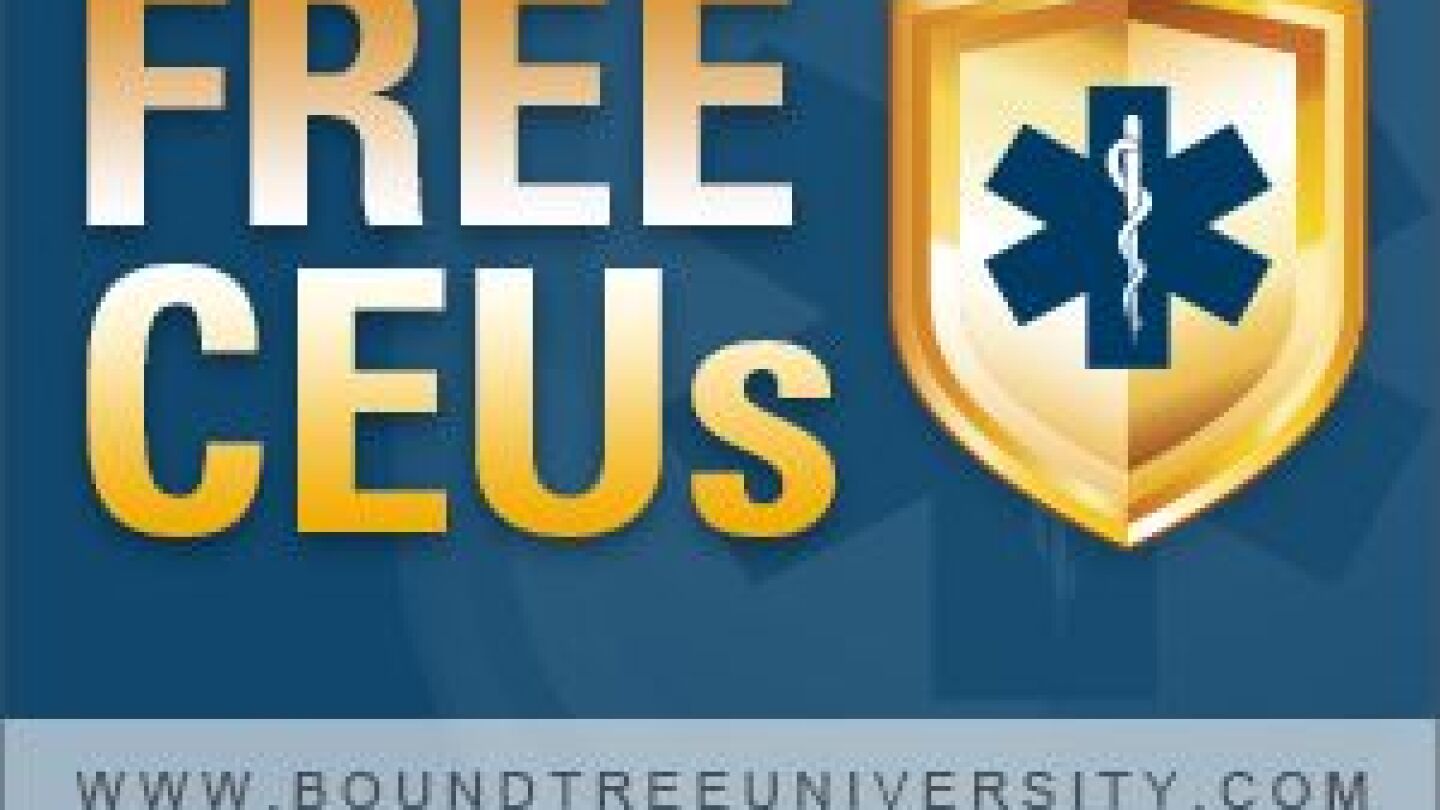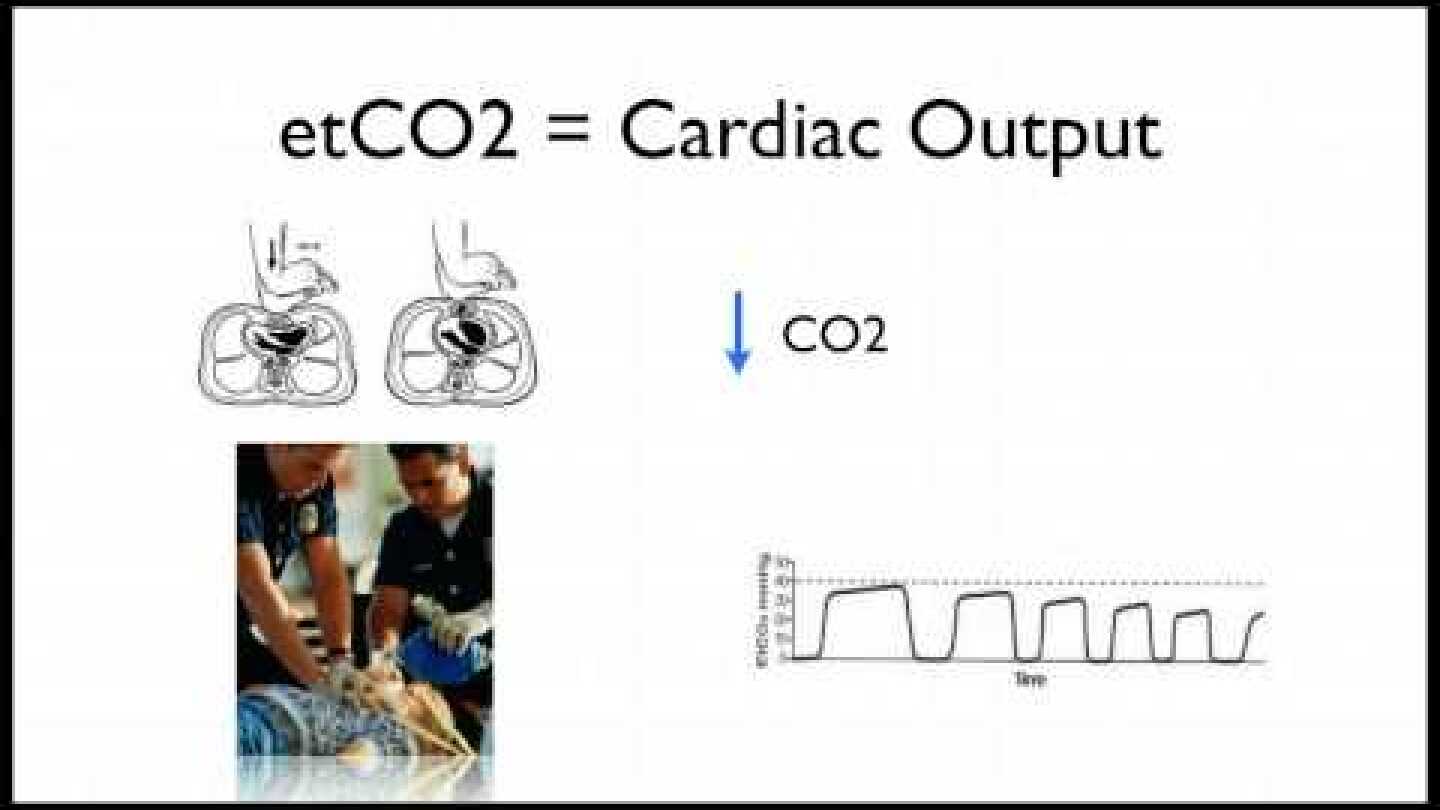Clinical
Access our directory of clinical articles in EMS, which offers in-depth information on patient assessment, treatment protocols, and emerging medical practices. This collection covers various clinical topics essential for EMS professionals, from advanced pharmacology to trauma management. Staying up-to-date with clinical knowledge is vital for delivering high-quality patient care. For additional resources, explore our section on Medical Research. Enhance your clinical expertise with our expert-driven content.
Paying attention to common eponyms discovered during a patient assessment and their associated pathology can identify a patient’s most critical needs
Learn and follow these steps to accurately auscultate blood pressure quickly and easily
Regardless of pushback, providers have a responsibility to put the safety of the patient above all else when on scene
ILCOR releases advisory statement on patient temperature management after ROSC
An 11-year study found that changing the protocol for aeromedical transport in Maryland benefited patient outcomes while saving money
An ambulance, semitrailer and three cars crashed on Ala. Interstate with no serious injuries
A head-on car accident broke the toddler’s C1 and C2 vertebrae and his collarbone
Brody Channel was honoring his father who died in the line of duty last year; he pulled to the side of the road to help an officer perform CPR on an unresponsive 9-month-old girl
The American Airlines flight from Phoenix to Boston was diverted to Syracuse, N.Y., after the captain became ill
The lone wolf shooter is our biggest threat, but we need to assess and treat patients just as we would on every other shift
With an Internet connection in its ambulances and iPads to fill out patient care reports, the agency cut its filing times in half
CVS to sell naloxone without a prescription in 14 states, making the drug as easy to obtain as a tourniquet or fire extinguisher
The Zadroga Act expired Wednesday and the program will have to start shutting down by next summer
As opioid overdoses rise, more people without medical training will be able to use the drug without a prescription
The paramedic crew was taking part in a charity bicycle challenge when they came across a car crash
An investigation was started after two medics dropped off a disabled patient at the wrong place after he was discharged
Understand how waveform capnography can be used to assess and treat ventilation, perfusion and metabolic emergencies in children
The doctor used an oxygen mask, an oxygen tank, a water bottle, a plastic cup and a passenger’s adult inhaler to make a nebulizer for the 2-year-old
You are asked to respond to an office for a woman with nausea and abdominal pain; did you get the diagnosis right?
You are asked to respond to an office for a report of a sick person
Stroke severity and type, age, ethnicity and gender were strong factors in determining who called an ambulance and who didn’t
How my view on medication has changed and why I think everyone should have access to proper treatment
Medics serve the patient’s best interest by considering alternative diagnoses even as they are pressed to make a single diagnosis
Providers prepare to treat illnesses that they may not recognize, like typhoid and yellow fever
The only effective treatment for anaphylaxis is epinephrine, which should be given early and repeated as needed
The report predicts most people will experience at least one wrong or delayed diagnosis over their lifetime
The firefighters quickly assessed the woman’s wound and provided treatment; she was rushed to a local hospital and received several doses of anti-venom
Follow expert recommendations for cops to quickly care for rapid bleeding or airway obstruction
Cardiogenic oscillations (COS) of the capnography waveform match the patient’s heart rate and are caused by pulmonary artery pulsations


















